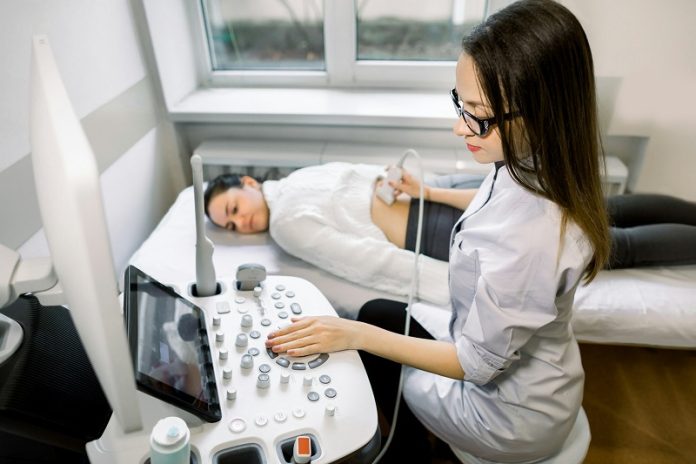
Liver cirrhosis is a serious condition where healthy liver tissue is slowly replaced by scar tissue. This scarring affects how well the liver can do its job, which includes filtering toxins, processing nutrients, and helping with digestion.
Cirrhosis can be caused by long-term alcohol use, viral infections like hepatitis, or fatty liver disease.
It’s important to know the symptoms of cirrhosis early—especially for women—so that the disease can be treated before it becomes severe.
One of the biggest challenges with cirrhosis is that it often starts without clear signs. Many people don’t know they have it until the damage is advanced. However, as the condition gets worse, symptoms begin to show. Women may experience some different or stronger symptoms compared to men, due to differences in hormones and body function.
A common early sign is extreme tiredness. Women with cirrhosis might feel worn out all the time, even if they sleep well. This fatigue can make everyday activities difficult and is sometimes brushed off as stress or age-related.
Another important symptom is jaundice, which causes the skin and eyes to turn yellow. This happens when the liver can’t process bilirubin, a waste product from red blood cells. Yellowing skin or eyes should never be ignored and could be an early warning sign of liver problems.
Cirrhosis can also cause changes in a woman’s menstrual cycle. Some women may have irregular periods, or their periods might stop altogether. This is because the liver plays a role in balancing hormones, and when it is damaged, the hormone levels can become unbalanced.
Another sign is swelling in the belly, known as ascites. This happens when fluid builds up in the abdomen due to the liver not producing enough of a protein called albumin. Fluid may also collect in the legs and ankles, causing them to swell.
Digestive issues like nausea, a poor appetite, and weight loss are also common. Women may experience stronger nausea than men, making it harder to eat enough and maintain a healthy weight.
Cirrhosis can also cause easy bruising and bleeding. The liver helps make proteins that stop bleeding, so when it’s not working well, even small injuries can cause large bruises or take a long time to heal.
As cirrhosis gets worse, the liver may not be able to remove toxins from the blood. This can lead to a condition called hepatic encephalopathy, which affects the brain. Women may feel confused, forgetful, moody, or have personality changes. These signs are harder to recognize but are very serious and need medical attention.
The good news is that catching cirrhosis early can make a big difference. Studies show that early diagnosis and treatment can help slow the disease and improve quality of life. For example, research in the World Journal of Gastroenterology shows that finding cirrhosis early leads to better outcomes.
To sum up, cirrhosis is a serious liver disease, but it can be managed if found early. Women should watch for signs like fatigue, yellowing skin, changes in periods, nausea, or mental confusion. If you notice these symptoms, talk to a doctor right away. Early action can help protect your liver and improve your health.
If you care about liver health, please read studies about simple habit that could give you a healthy liver, and common diabetes drug that may reverse liver inflammation.
For more information about health, please see recent studies about simple blood test that could detect your risk of fatty liver disease, and results showing this green diet may strongly lower non-alcoholic fatty liver disease.
Copyright © 2025 Knowridge Science Report. All rights reserved.



